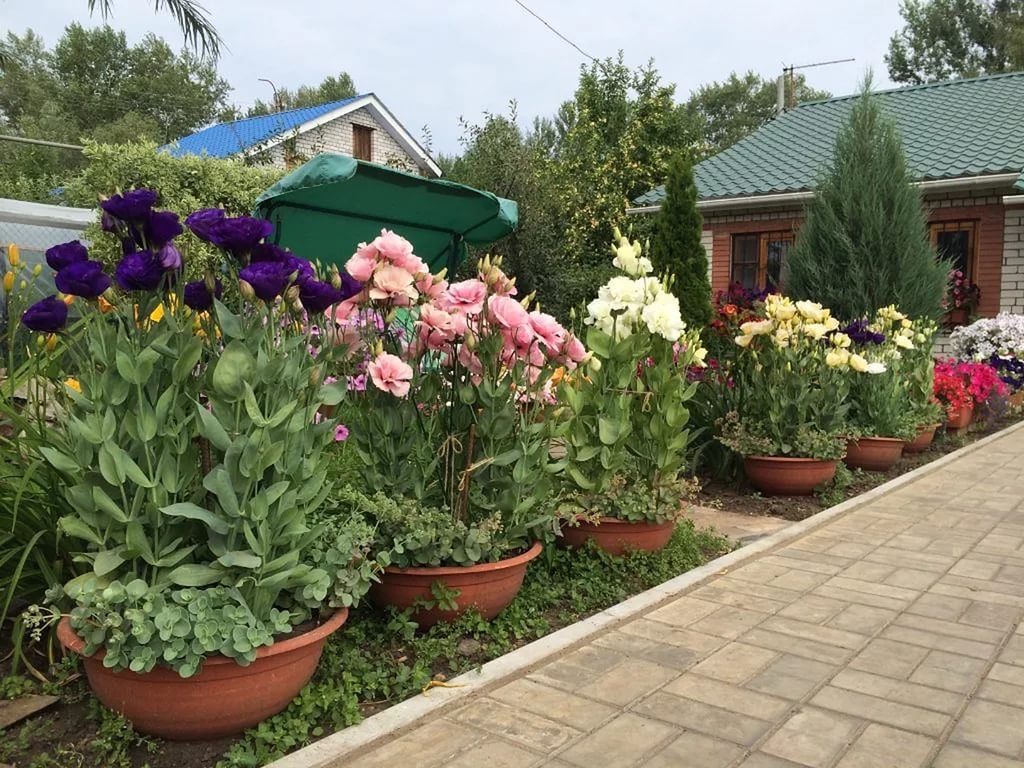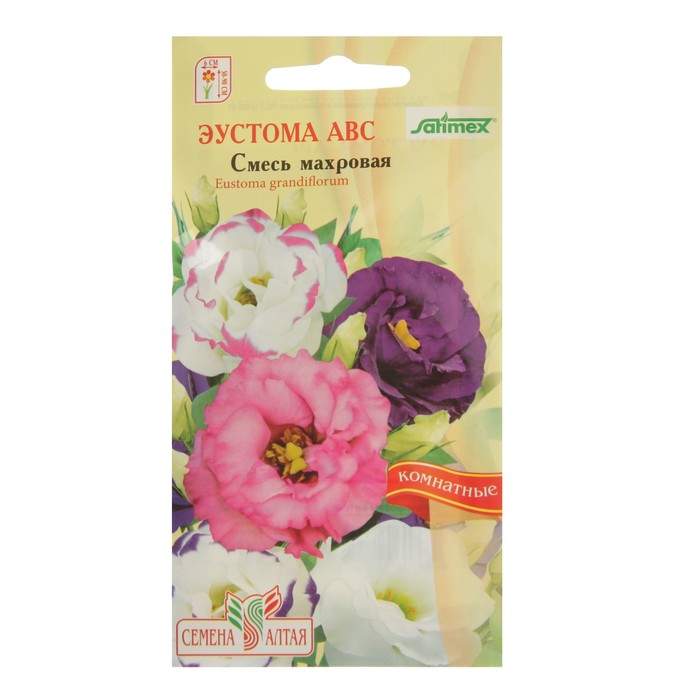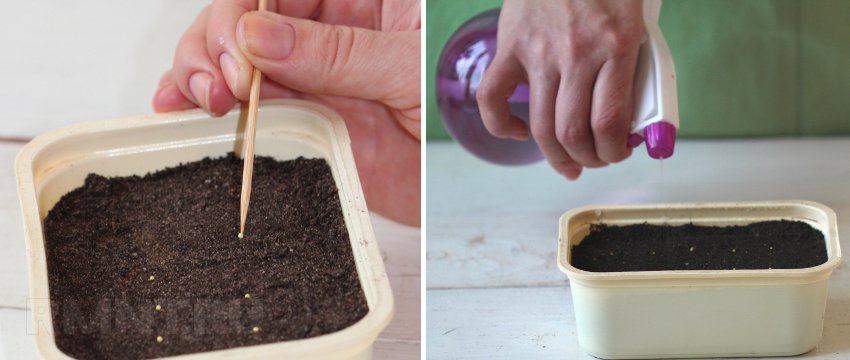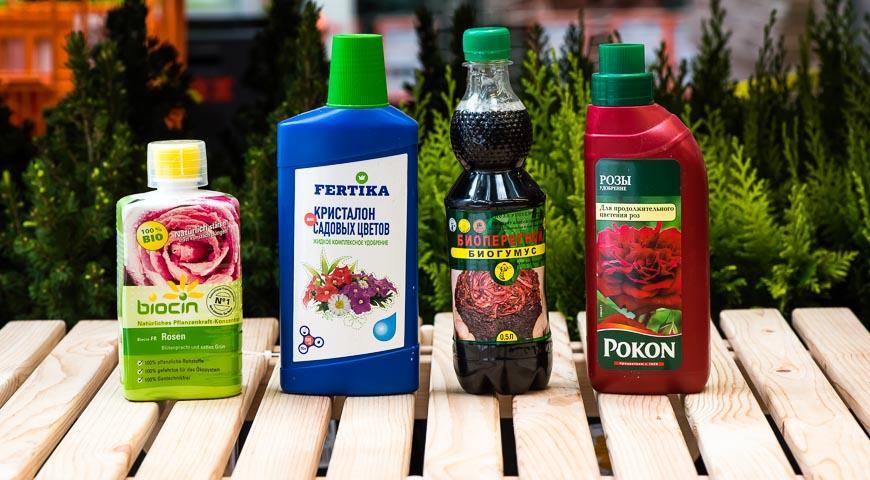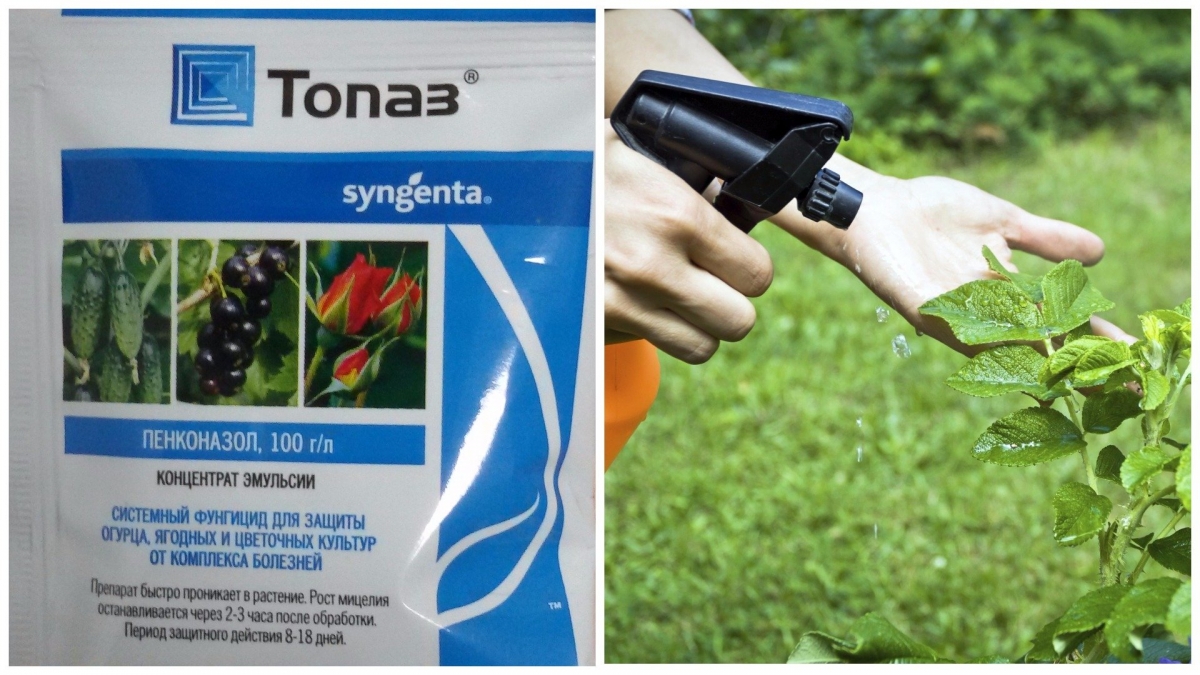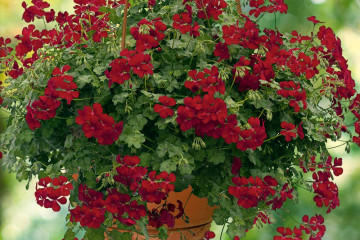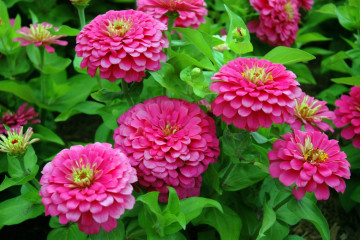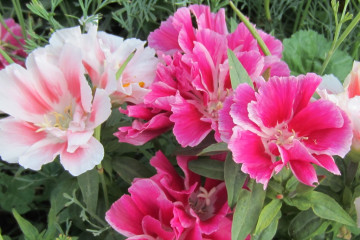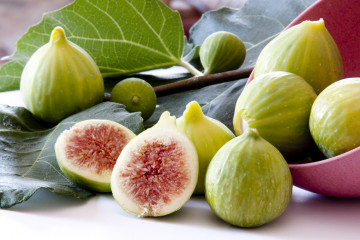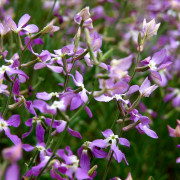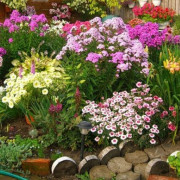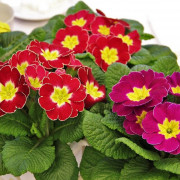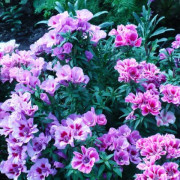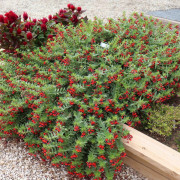Eustoma - cultivation
Content:
This adorable flower is grown at home and in the garden. In beauty, it is not inferior to a rose. It is not for nothing that the people call it the Japanese or Irish rose, the Texas bell. Another name is lisianthus (translated as bitter flower), or eustoma. If earlier he was a rare guest in the country, now he is in demand among flower growers. If the plans include eustoma, cultivation will require efforts.
general information
The lifespan of indoor eustoma is short - up to 2 years. In the open field of central Russia, it is grown as an annual crop. A beginner will cope with the cultivation of an annual. In the southern regions, the flower is cultivated as a perennial.
When cultivating eustoma in a summer cottage, cultivation and care in open ground will require experience from the grower. The slightest mistakes provoke the death of the flower.
When buying seeds, the package indicates what type of crop can be obtained: one-year / two-year. The biennial is preferred by greenhouse owners, as well as indoor flower lovers. When it is planned to grow a perennial eustoma on an unprotected flower garden, an annual option is suitable for planting.
Lisianthus seeds resemble dust. During packaging, special substances are processed to stimulate plant growth. In addition, the pellets are easier to plant.
The germination rate of its planting material is low. The quality is compensated by the quantity - 1 g of seeds contains more than 20,000 of them. To prevent dense thickets from appearing in the box, and to avoid thinning, a dosage of the number of seeds is required.
To avoid problems with picking and removing excess sprouts, peat glasses are used.
Embedding of seed into the ground is not carried out, only scattering over the surface. They irrigate the ground with a spray bottle with a fine spray, otherwise the eustoma seeds will hide deep in the soil, seedlings will not appear.
If they are engaged in the cultivation of eustoma, planting and care will require:
- Selection of a suitable place: partial shade or shade.
- Avoiding the planting of Lisianthus in objects that reflect sunlight on it.
- The distance between seedlings is from 20 cm.
- Avoidance of increased moisture and intense moisture. It is forbidden to plant a flower under a ledge of a roof or a drain groove, where water will stagnate when it rains.
- Moisture permeability of garden soil and neutral pH level. Wood ash, which is introduced into the holes, will regulate the acidity of the soil.
- Adding nitrophoska into the seedling holes or flower dressing from the store.
Container planting prolongs the life of Lisianthus and its flowering. Different dishes are appropriate for her: tubs, flowerpots.
If it's warm outside, keep crops outdoors. The cold is approaching, it's time to bring flowers into the house. Flowering still lasts but becomes modest.
The eustoma rhizome allows the container technology to be preserved in winter. She will provide a planting in the spring on a flower garden with new shoots. The imperfection of the method lies in the weakening of flowering.
Optimal location
For eustoma, a place is chosen that is protected from drafts and wind. The plant likes a shaded flower garden on the east or west side of the beds. Eustoma does not like the scorching rays of the sun.
For a flower, soil is preferable:
- dug up, without lumps;
- easily breathable;
- fertile;
- moisturized in moderation.
Step-by-step planting process
Seedlings are planted on a flower garden in the last decade of May. The main condition is the presence of 4 to 8 sheets. Planting a flower in the ground is accompanied by rapid growth.
When planting eustoma, follow the step-by-step guide:
- choose evening hours for disembarkation;
- transplant seedlings together with an earthen lump, moving them into a hole, fill them with fertile soil;
- planted to a depth that does not exceed when grown in a flowerpot;
- cover each planting with a jar or bottle to protect it from temperature extremes.
Reproduction of eustoma
For summer residents, it is important to know how to grow eustoma.
Cuttings
Eustoma is not propagated by cuttings - they do not take root in the ground.
Damaged roots are the cause of the death of eustoma. Attempts by breeders to breed the climbing Lisianthus were unsuccessful. When purchasing a grown flower, emphasis is placed on the appearance and buds.
Growing from seeds
To breed eustoma from seeds, you will need high-quality planting material. Seeds are harvested from varietal individuals. Hybrids are not suitable - the properties of the mother bush are not transferred to the seedlings. Collecting small semen is carried out carefully. The manipulation is started after the seed capsule has dried.
A good time to sow seeds is winter. When the first shoots germinate, eustoma blooms after 15-20 weeks.
Sow the seed into a container filled with a moist substrate. Mixing of sand and peat is carried out in equal proportions. Sprinkle the seeds on the soil, lightly pressing them with your fingers. Cover the container with a sheet of glass or polyethylene. They are placed in a warm room with a temperature regime of at least +19 ° C.
Spraying the soil is carried out with a spray gun. Seeds sprout after a couple of weeks, if the requirements for the care of the seedlings are observed. Seedlings are placed in a lighted place.
In case of poor development, it is advisable to pierce the granules with a thin needle before planting. The shelter is not removed immediately, the seedlings are gradually opened to adapt to the external influence of the environment. Transplantation of sprouts is carried out on average 3-5 pcs. into a container after 1.5-2 months, their height is at least 10 cm.
Eustoma care
Watering mode
For humidification just lukewarm settled water. A little dry soil is irrigated. Systematically loosen the soil to destroy weeds and improve the oxygenation of the soil.
Eustoma requires regular watering, but an excess is not allowed. Excess moisture and its stagnation are much more dangerous than overdrying. A short-lived dry process will do without consequences, the flower will recover. Stagnation of liquid is fraught with rotting of the root system and death.
Top dressing
Gardeners are interested in how to feed eustoma so that it grows and develops well. Lisianthus is fed from 10-14 days after planting in the soil. With active growth, the flower is fed every 2 weeks. The plant needs feeding at the budding stage or at the flowering stage.
A month after planting a flower in unprotected soil, it is time for feeding. For the first time, plants are fertilized with nitrogen to stimulate an increase in green mass. During bud formation and flowering, lisianthus needs phosphorus-containing nutrients for flowering crops, which are introduced during the height of the summer season.
During flowering
The plant will need additional nutrition in the active growth phase. When growing greenery, the need for organic and nitrogen fertilizers increases. When forming buds and dissolving flowers, phosphorus and potassium dressings will benefit. Luxurious flowering will be provided by Kemira Lux, Fertika, Plantfall Budding.
To protect the flower bed from powdery mildew and other diseases, Topsin and Topaz insecticides are used.
You will need soft water to moisturize. The required supply for consumption is easy to create.
For bushiness, pinching of tall eustoma bushes is carried out.
The flowerbed looks great tall varieties that need support during the flowering period. It is difficult for a long peduncle to cope with the load, which is increasing.
Withered buds are periodically removed. This decorative measure stimulates the formation of new inflorescences. Cutting eustoma into bouquets does not mean the end of flowering - after a month and a half, the plant will delight you with new buds.
The appearance of flowers that have blossomed is determined by the variety. They also differ:
- dimensions;
- form;
- color;
- flowering period.
The flowering of Lisianthus occurs depending on the time of sowing the seed for seedlings and planting in unprotected soil. Eustoma usually blooms in the second decade of July - August. She will delight with flowers until the end of October. The flowering of Lisianthus is not an obstacle - early frosts in autumn.
The flower is exposed to various diseases, including fungal infections. Often spider mites, whiteflies infect a flower. As a preventive measure, flower bushes are sprayed 2 or 3 times during the growing season. The simultaneous use of several drugs for various parasites is possible.
During the rest period
The end of flowering marks a dormant period in the life of the plant. Pruning is carried out in home varieties of eustoma, the flowerpot is transferred to a cooler room, where the temperature is at most 15 ° C. The frequency of moistening is reduced to 1 time per month; it is recommended to pause in the application of fertilizers.
To increase the duration of the flowering of garden lisianthus, the plant is properly looked after. An adult is transplanted into a container and taken out for storage on a loggia or exposed to a window. Reception allows a certain time to enjoy the charm of delicate buds.
Every culture needs to rest to recharge with energy and strength for a new life cycle. If the flowers fade, the foliage will turn yellow, this is a signal to prune the vegetation at a height of 2-3 internodes. The measure will prevent the depletion and death of the eustoma. Keeping the flower cool is carried out until the arrival of spring.
Preparing for winter
Before freezing, lisianthus is transferred into a large container and brought into the room for storage. If it is impossible to carry out the manipulation, the flower is covered. The plant will survive such wintering only in the southern regions, where the climate is mild. Therefore, eustoma is often grown as an annual. Annual planting of new crops is preferable - the bush gradually loses branching and the number of buds decreases.
Growing eustoma in Siberia
When an eustoma is found in the garden, cultivation and care in Siberia begins in the fall with sowing for seedlings. The technology for obtaining seedlings is similar to the usual one. If the seedlings grow in winter, additional lighting will be required. The picking of seedlings is carried out after the growth of the second leaf.
If eustoma in the Urals, cultivation involves an adaptation period, during which moisture is increased. Next, sprinkle a couple of lower leaves with soil. When spring comes, the seedlings will need to be re-transplanted into a wider dish with drainage. To move the root, reloading is suitable. The onset of heat is the time to plant eustoma in unprotected soil in the Siberian climate.
Compliance with agrotechnical requirements and tricks for growing and caring for eustoma will allow you to enjoy the beauty of an amazing flower. This is why it is so important not to make mistakes. The garden will delight you with its fragrance for a long time.
Video


